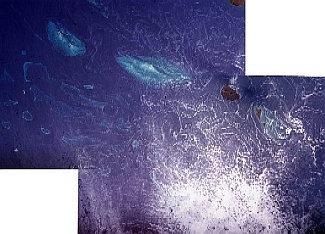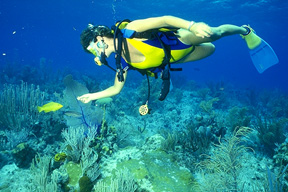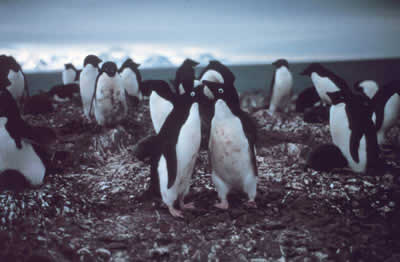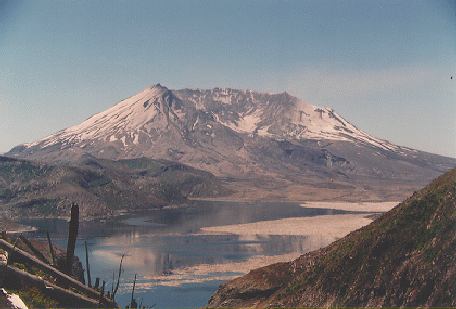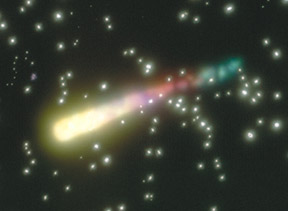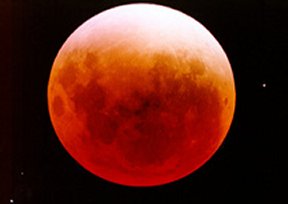Click on image for full size
Courtesy of NASA
Peeking at Coral Reefs from Space
News story originally written on June 4, 2003
On May 20, 2003, the crew of the International Space Station took a photo of the Earth below them that shows more than a dozen coral reefs sitting in the shallow waters of the Red Sea. The light blue parts indicate coral reefs just under the sea surface. Only six percent of the Earth’s coral reefs are in the Red Sea. Most others are in tropical parts of the western Pacific Ocean or the Caribbean Sea.
Some researchers dive into the water and study reefs up-close, but other researchers want to see the big picture. Looking at reefs from the ISS or Earth-observing satellites allows scientists to figure out if reefs around the world are healthy. They can’t see individual reef creatures, but they can figure out how much of a reef is covered with living coral or how much of the coral has died.
In fact, the world’s coral reefs are in trouble. Threatened by pollution, warming sea surface temperatures, and new coral diseases, the number and quality of reefs is declining worldwide. Thanks to satellites and the ISS we are able to keep track of reef health by looking from above.
Called sunglint, the bright spot in the lower right side of this picture is the reflection of the Sun overhead. Meandering white lines show where the sunlight reflects off films on the water surface. Some of the oily film at the sea surface is natural, produced by marine animals, but cargo ships leave much of it behind as they leak small amounts of oil and gas. The reflections form this meandering pattern as waves and currents concentrate the oily surface film into a pattern. These patterns are helpful for researchers trying to understand how water flows around reefs, but the oil is most likely not helpful to the reefs themselves.


